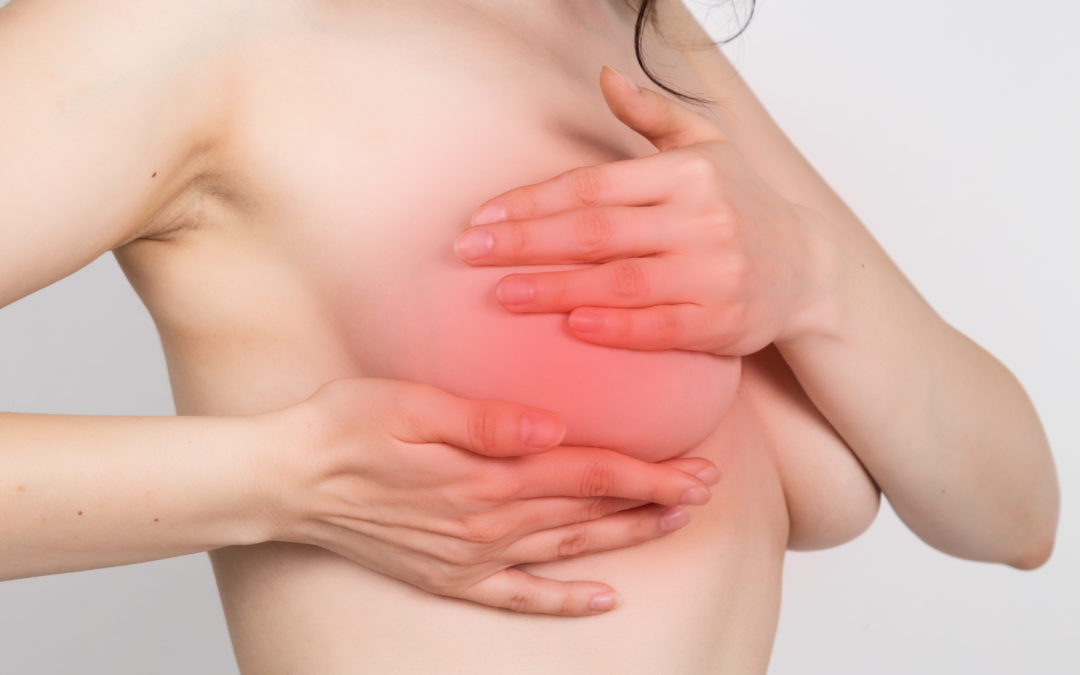Benign Breast Lumps
There are four types of breast lumps with only the fourth being a malignant lump also known as cancerous.
CYSTS: Cysts are fluid filled sacs of various sizes.
Usually they feel soft and may be moved under the skin. Sometimes cysts produce a dull pain in the area. Cysts appear most often in women between 30 to 55. They rarely occur in young women or women past menopause.
FIBROADENOMAS: Non-cancerous tumors composed of connective tissue and other cells that have multiplied faster than normal. They usually have regular borders, feel round, move freely and feel firm. They are usually about the size of marbles or smaller. Fibroadenomas are often more common in young women than women past menopause. (Although I have some and my ovaries were surgically removed).
PSEUDOLUMPS: These are all the other masses in the breast that the doctor or health care provider will want to evaluate. These could be scar tissue, hardened silicone (if you have silicone), necrotic (dead) fat, or a rib bone pressing into breast tissue and compressing it. This kind of lump can feel quite hard and usually doesn’t change size or shape during your menstrual cycle.
A lump in the breast is often the first symptom a woman finds if she has breast cancer, but many lumps are not cancerous. Non-cancerous lumps are the result of normal hormonal changes or trauma to the breast. A younger woman is more likely to find that her breast lump is benign. If a lump is cancerous it is usually hard to move under the skin. However this is not a way to distinguish a benign lump from a malignant lump.
** If you notice a change in your breasts such as a lump, thickening, clear or bloody discharge, change in contours, dimpling of skin, redness, or retracted nipples, then you should consult a physician or your gynecologist that day. If that person thinks there is a question about a lump, they will refer you to the proper diagnostic evaluation.
Ultrasound:
An ultrasound is used to determine if a lump is a solid mass or a fluid-filled cyst. It uses sound waves to create a picture of body tissues and fluids.
A Mammogram:
I s an x-ray of the breast. A doctor (radiologist) will read the mammogram and look for any abnormalities. If the doctor detects any abnormality or change in the mammogram, you may have to undergo additional testing. A mammogram can detect many, but not all, cases of breast cancer. Sometimes additional tests may be needed, such as a breast MRI (magnetic resonance imaging).
![]() To learn how to do a breast self-exam, see this page.
To learn how to do a breast self-exam, see this page.
![]() If you have fibrocystic breasts or breast pain , read this…
If you have fibrocystic breasts or breast pain , read this…
![]() For more answers to breast questions , go there ..
For more answers to breast questions , go there ..

